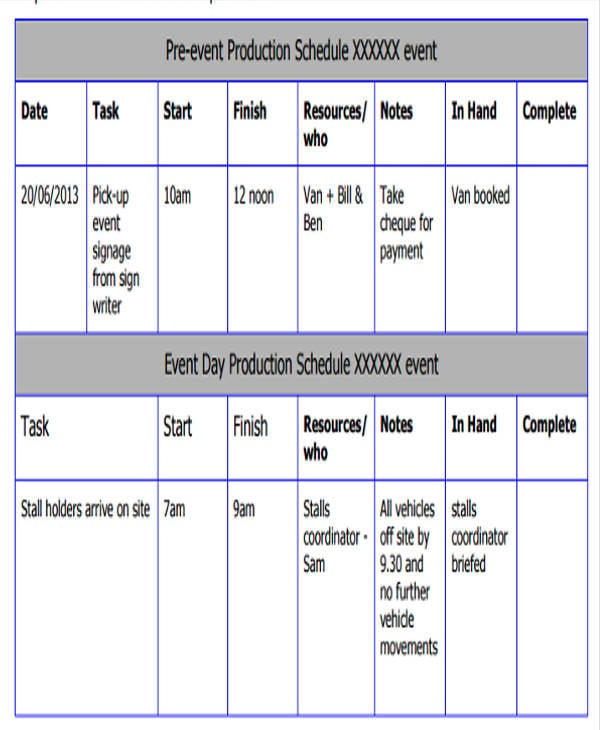Choosing the Optimal Pixel Spacing for Maximum LED Display Performance
Choosing the Optimal Pixel Spacing for Maximum LED Display Performance
Blog Article

When it comes to light-emitting diode walls, one of the most elements to take into account is pixel pitch. Pixel pitch refers to the distance between the cores of two neighboring pixels on an LED display. This metric is usually expressed in millimeters. Grasping pixel pitch is essential because it directly affects the clarity and definition of the images displayed. A smaller pixel pitch means that the pixels are nearer together, resulting to a higher resolution, while a larger pixel pitch yields in a diminished resolution. Thus, selecting the right pixel pitch is essential for achieving peak LED wall functionality.
The choice of pixel pitch often is influenced by the sight distance. For example, if the LED wall is intended to be viewed from a further away, a bigger pixel pitch may be appropriate. This is because the human eye cannot easily discern individual pixels when they are more distant away. On the contrary hand, if the wall will be observed up close, a smaller pixel pitch is needed. In scenarios such as inside events, where attendees are usually closer to the screen, a smaller pixel pitch will provide a sharper and more distinct image. Hence, understanding how sight distance affects pixel pitch is key to making an informed decision.
Another important consideration is the intended use of the LED wall. Various applications, such as promotion, concerts, or conference meetings, may require different pixel pitches. For example, an light-emitting diode wall used for advertising in a shopping mall may benefit from a pixel pitch that allows for lively colors and elevated detail so that it captures the attention of bystander shoppers. Conversely, an external LED wall used at a concert may prioritize brightness and visibility over resolution, permitting for a bigger pixel pitch. Thus, the specific context in which an light-emitting diode wall will be utilized is vital for establishing the appropriate pixel pitch.
Pricing is also a major factor when selecting pixel pitch. Typically, LED displays with reduced pixel pitches tend to be more costly due to the higher density of pixels and the sophisticated technology needed for manufacturing. Although it may be enticing to opt for a high-resolution display with a small pixel pitch, financial constraints frequently necessitate a balance between quality and price. Businesses should evaluate their needs and decide how much they are prepared to spend in an light-emitting diode wall, ensuring that the led wall projection options pixel pitch matches with their budgetary capabilities while still satisfying functional expectations.
Ultimately, it is essential to consider the maintenance and durability of the LED wall when selecting pixel pitch. Displays with reduced pixel pitches can sometimes be more delicate and may require more meticulous handling and maintenance. Regular maintenance is necessary to ensure that the display functions effectively over time. Knowing the maintenance requirements and potential issues associated with varied pixel pitches can assist organizations make a more informed choice. By taking into account all these factors, including sight distance, planned use, budget, and maintenance, individuals can select the ideal pixel pitch for peak LED wall performance.